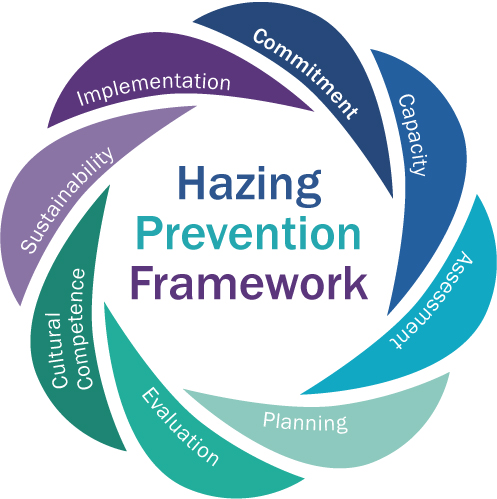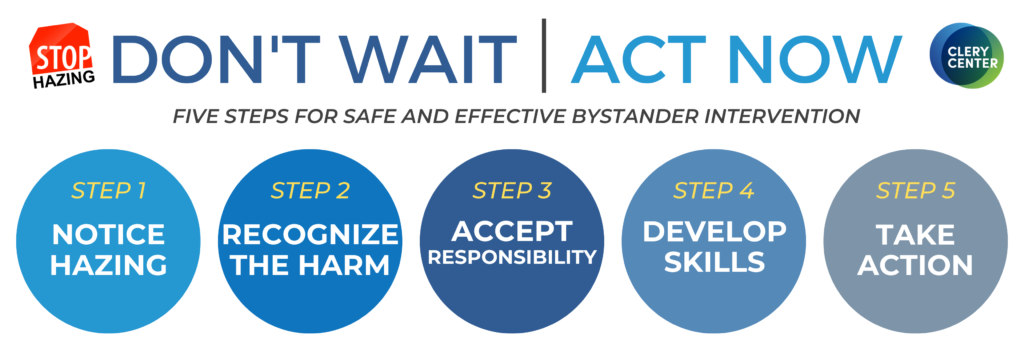Our mission at the University of Maryland, Baltimore (UMB) is to improve the human condition and serve the public good of Maryland and society at-large through education, research, clinical care, and service.
Central to this mission are UMB’s core values: Respect and Integrity, Well-Being and Sustainability, Equity and Justice, and Innovation and Discovery. These values not only define what we stand for but also guide how we interact with one another every day. By living these values, we create a campus where everyone feels welcome, has a sense of belonging, and is supported to succeed. We are committed to ensuring that every member of our community feels valued, empowered, and supported in all aspects of campus life.
Hazing has no place on our campus. Whether it's in student organizations or any other setting, we are committed to building a culture where belonging is never built on harm. Every member of the UMB community has a role in preventing hazing and promoting respect.
This site is your resource for understanding what hazing is, how to recognize it, and what to do if you or someone you know is experiencing it. Together, we can create a campus where tradition never comes at the cost of someone’s well-being.




